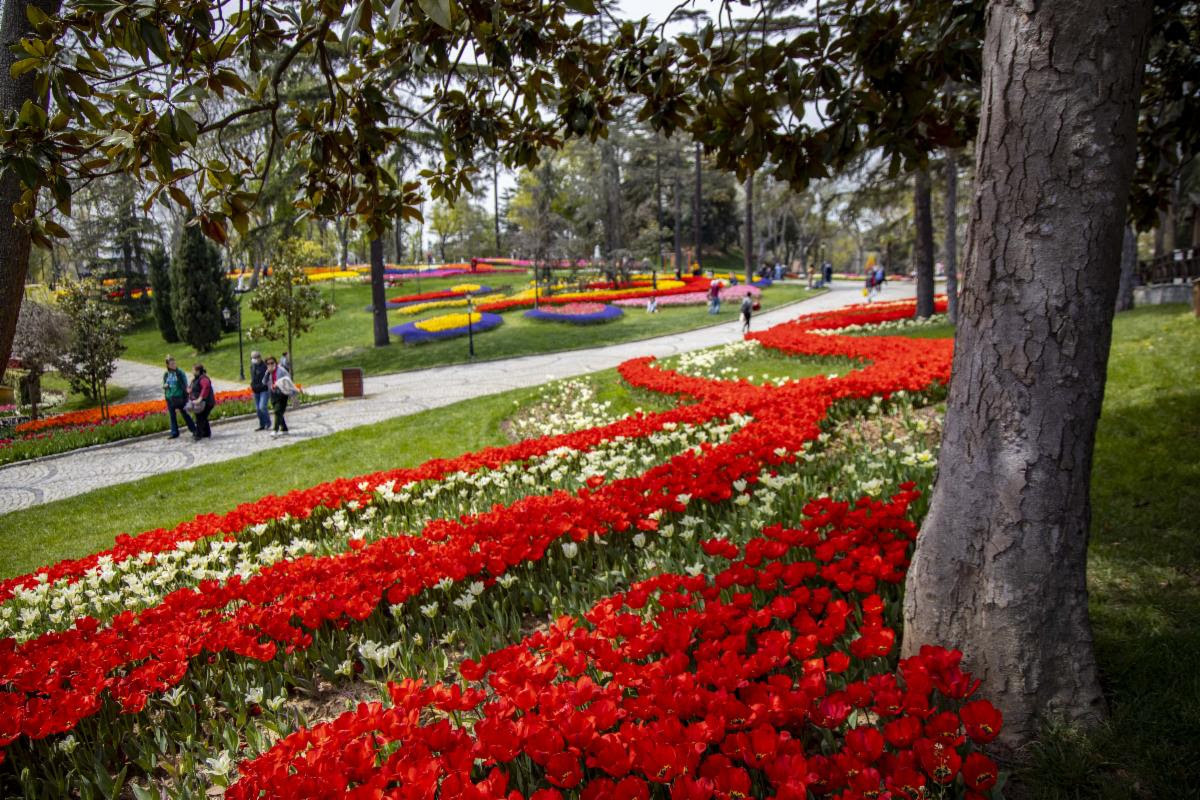2 minute read
I’m constantly on the lookout for incredible destinations and unique experiences. One such event that has always piqued my interest is the annual tulip season in Istanbul. This remarkable display of over 30 million tulips has been a symbol of spring in Türkiye for more than a millennium.

The focal point of this celebration is the iconic Sultanahmet Square, a historic site that once served as the Roman-Byzantine hippodrome. During the tulip season, the square transforms into a breathtaking carpet of colorful tulips, accentuating the beauty of the nearby Blue Mosque. This stunning floral display can be seen throughout Istanbul’s neighborhoods, which span across both Europe and Asia.
It’s fascinating to learn that tulips have a long and storied history in Türkiye. These captivating flowers originated in the Pamir Mountains of Central Asia and were brought to Istanbul by Turkish traders in the 10th century AD. By the 12th century, tulips had become not only a symbol of the city, but a central motif in Turkish culture, featuring in mosques, palaces, homes, clothing, and even Turkish carpets.

The tulip’s popularity continued to grow during the reigns of Ottoman emperors Suleiman the Magnificent and Sultan Ahmet III. By the 18th century, Turkish agronomists had cultivated around 2,000 varieties of the flower, each with its own unique meaning. For example, red tulips symbolized love; white tulips represented purity and innocence; purple blooms signified nobility and romance; yellow tulips conveyed hopeless love; and the rare black tulip indicated unattainability and rarity. Most charmingly, striped tulips were said to mean “you have beautiful eyes.”
If you’re planning a visit to Istanbul, make sure to time your trip to coincide with the tulip season, which typically lasts until the first few days of May. This extraordinary floral display is a sight that shouldn’t be missed and is sure to leave a lasting impression on anyone who experiences it.





